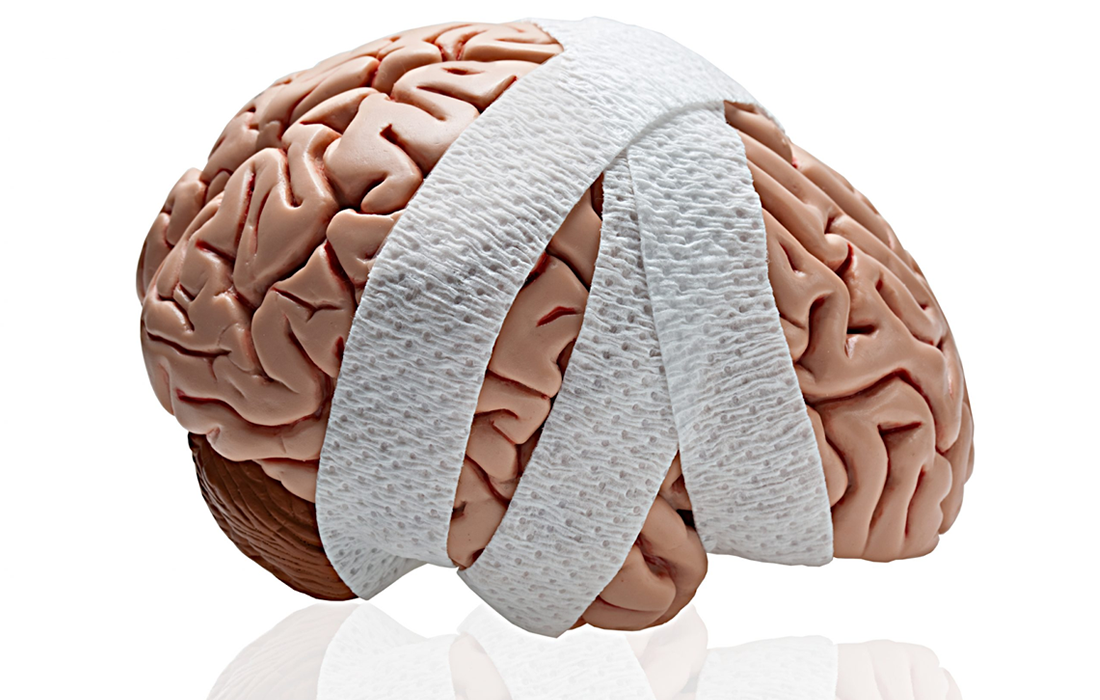Regenerative Medicine News and General Information
MRI can predict the efficacy of stem cell therapy for Brain injury
Regenerative medicine has yet to designate biomarkers that can identify patients likely to respond to a stem cell therapy based on their expression of a clinical or molecular profile congruent with the therapeutic mechanism-of-action (MOA) of the stem cell for that condition, while withholding treatment from likely non-responders. Ultimately, such patient stratification will be required to ensure safety, efficacy, and appropriate resource allocation.
Richard E. Hartman, et al. addressed that challenge by approaching a prototypical condition for which stem cell transplantation has been proposed: perinatal/neonatal cerebral hypoxic-ischemic injury (HII) (also termed “asphyxia”), a form of stroke.
It occurs in 2 to 4 newborns per 1000. Despite the use of therapeutic hypothermia (which is only marginally effective in a subset of babies chosen by clinical, not pathophysiologic, criteria), 80% of asphyxiated newborns develop neurologic signs, with 10-20% remaining significantly impaired (e.g., cerebral palsy, mental and motor disability, epilepsy).
Richard E. Hartman, et al., have demonstrated the promise of applying magnetic resonance imaging (MRI) to predict the efficacy of using human neural stem cells to treat a brain injury, a first-ever ‘biomarker’ for regenerative medicine that could help personalize stem cell treatments for neurological disorders and improve efficacy.
Scientists now understand that, in many instances, human neural stem cells are therapeutic because they can protect living cells — in contrast to “re-animating” or replacing nerve cells that are already dead. As a result, understanding the health of brain tissue prior to a stem cell transplant is critical to the treatment’s potential success. Tools that help predict the efficacy of neural stem cell therapy could increase the success of clinical trials, which are ongoing in people with Parkinson’s disease, spinal cord injury and additional neurological conditions, while also sparing people who will not respond to treatment from an invasive procedure that offers false hope.
The scientists used MRI to measure two areas surrounding the regions of HII brain injury in rats: the penumbra, a region that consists of mildly injured, “stunned” neurons; and the core, an area that consists of dead neurons. They found that rats with a larger penumbra and smaller core that received human neural stem cells had better neurological outcomes, including improved memory, demonstrated by the ability to swim to a hidden platform (Morris Water Maze test), and a greater willingness to venture into a brightly lit area (open field test).
In these rats, the penumbra — to which the neural stem cells homed avidly — became normal tissue (based on MRI and histological standards), while the core remained unimproved and attracted few cells. Penumbra that did not receive cells became part of the core, populated by dead neurons — indicating the benefit of the stem cell treatment.
Evan Y. Snyder, professor and director of the Center for Stem Cells and Regenerative Medicine at Sanford Burnham Prebys says that: “This approach to brain lesion classification is a powerful patient stratification tool that allows us to identify newborns who may benefit from this stem cell therapy, and protect others from undergoing unnecessary treatment.” Based on their findings, only newborns with a large penumbra volume in relation to core volume should receive a transplant of human neural stem cells. And also, newborns so severely injured that only a core is present, or babies with such a mild case of HII that not even a penumbra is present, should not receive human neural stem cells, as the treatment is unlikely to be impactful.
Source: Richard E. Hartman, et al. A Biomarker for Predicting Responsiveness to Stem Cell Therapy Based on Mechanism-of-Action: Evidence from Cerebral Injury. Cell Reports, 2020; 31 (6): 107622 DOI: 10.1016/j.celrep.2020.107622
Sanford Burnham Prebys Medical Discovery Institute. “Scientists show MRI predicts the efficacy of a stem cell therapy for brain injury: First ‘biomarker’ for regenerative medicine may help researchers identify the people most likely to benefit from stem cell treatment.” ScienceDaily. ScienceDaily, 12 May 2020.
Source link: www.sciencedaily.com/releases/2020/05/200512134508.htm

